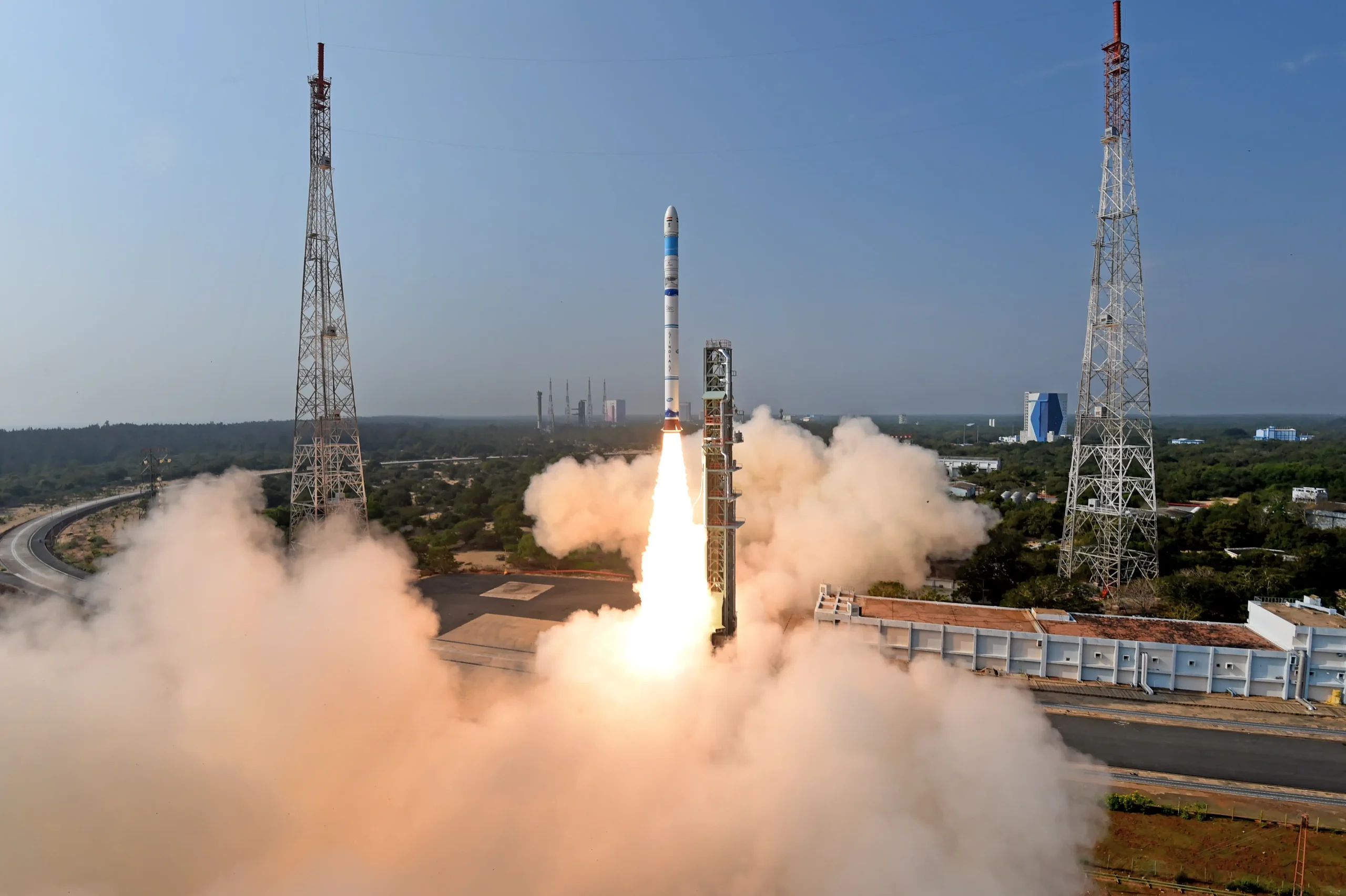
Jaguar Land Rover and Fortescue: Spearheading Manageability and Mechanical Advancements

Jaguar Land Rover (JLR) and Fortescue Metals Group (FMG) are two key part in their separate businesses — auto and mining — that have set out on huge drives focused on manageability and mechanical progression. Despite the lack of a formal cooperation, the two firms’ similar dedication to cutting carbon emissions and utilizing cutting-edge technologies illustrates a larger movement in all industries toward sustainable practices.
Jaguar Land Rover (JLR) reports another best ever quarter in terms of sales
Those were days when JLR was in tough times when their cars were not doing well their sales declined drastically. But we know after every storm, there is a rainbow, after taking over by TATA. Its new parent company did extremely well to revive this loss-making company. Jaguar Land Rover has produced outstanding outcomes for its parent firm since the acquisition. According to recent figures, there has been a noticeable increase in sales. The data indicates a significant improvement in performance, demonstrating the beneficial effects of the acquisition on the company’s standing in the market and finances. Revenues for the 12 months to 31 March 2024 were £29.0 billion – JLR’s highest ever full year revenue and up 27% compared to the prior year. Profit before tax and exceptional items (PBT) for the corporation increased dramatically during the quarter to £661 million, almost doubling from £368 million during the same period previous year.
Jaguar Land Rover: Driving Towards an Economical Future
Jaguar Land Rover, owned by Tata Motors, has been a prominent player in the luxury car industry. The organization has genuinely committed to significant responsibilities towards maintainability, with plans to electrify its whole lineup. By 2030, Jaguar means to turn into an all-electric extravagance brand, and Land Rover plans to offer six pure electric variations over the course of the following five years.
Electrification Strategy
JLR’s goal for improving vehicle maintainability is centered on their electrification approach. The organization has presented models like the Jaguar I-PACE, which has gotten praise for its performance and design. The Jaguar Land Rover I-PACE is a prime example of the company’s dedication to producing high-end cars without sacrificing environmental responsibility. This electric SUV demonstrates that luxury and environmental responsibility can coexist harmoniously by skillfully fusing zero-emission technology with upscale amenities.
Advancements in Battery Technology
Apart from its efforts to supply electric cars (EVs), Jaguar Land Rover (JLR) is heavily investing in battery advancement. The organization has collaborated with a number of businesses to create innovative battery concepts that have longer charge periods and greater range. These partnerships are essential as JLR attempts to address range anxiety, one of the main issues facing the EV market. In addition to improving the efficiency of its EVs, JLR is working to increase the convenience and allure of EV ownership by investing in cutting-edge battery technology. By further developing battery productivity and foundation, JLR desires to make electric vehicles more interesting to a more extensive crowd.
Also Read: From Local to Global: The Astonishing 30-Fold Rise in India’s Defense Exports Over a Decade
Maintainable Assembling Practices
JLR’s obligation to manageability stretches out to its assembling processes. The organization has executed various commendable drives to lessen the ecological effect of its manufacturing facilities. These incorporate utilizing sustainable power sources, further developing energy productivity, and diminishing waste. For example, JLR’s Motor Assembling Place in Wolverhampton is powered by 100 percent sustainable power, essentially chopping down its carbon emissions.
Fortescue Metals Group: Driving the Environmentally friendly power Energy Insurgency
Fortescue Metals Group, an Australian iron ore organization, has made strong strides towards turning into a forerunner in efficient power energy. FMG’s subsidiary, Fortescue Future Industries (FFI), leads its efforts in environmentally friendly power generation and to curb carbon footprints. The organization also aims to accomplish net-zero carbon emissions by 2040 and has set break focuses to diminish its carbon footprint.
Independent and Zero-Emanation Mining
Aside from battery-electric vehicles, FMG is investigating independent innovation to improve effectiveness and wellbeing in its mining tasks. The goal of FMG’s fleet integration of Autonomous Haulage Systems (AHS) is to transform the transportation of minerals. The precise and effective operations of these cutting-edge technologies do not require human intervention. AHS greatly lowers pollutants and fuel consumption while simultaneously increasing operational efficiency through the optimization of driving patterns and the reduction of idle times. With the help of this technology, mining logistics should become more environmentally friendly and efficient, improving both productivity and sustainability.
Environmentally friendly power Integration
FMG is heavily putting resources into environmentally friendly power ventures to drive its mining activities. The organization has added huge solar powered PV limit and energy stockpiling answers for its portfolio. In the Pilbara region, FMG has integrated sustainable energy solutions into its operations, significantly reducing its dependence on traditional fossil fuels and lowering overall carbon emissions. This combination of environmentally friendly energy is important for FMG’s more extensive system to make a manageable mining activity that lines up with worldwide endeavors to battle environment change.
Similar Investigation and More extensive Ramifications
Both JLR and FMG are at the front line of their businesses regarding maintainability and mechanical advancement. While their ways are distinct, there are prominent equals in their methodologies and objectives.
Sustainable power Utilization
Though in different ways, JLR and FMG are both progressing with their environmental initiatives. To lessen its carbon footprint, JLR is concentrating on incorporating renewable energy into its production processes. On the other hand, FMG is dedicated to minimizing its environmental impact by powering its mining activities with renewable energy. In their respective fields, both businesses are exhibiting a strong commitment to sustainability. This common accentuation on environmentally friendly power features a more extensive industry pattern towards decreasing carbon impressions by utilizing economical energy sources.
Development and Collaboration
Jaguar Land Rover (JLR) and Fortescue have established a strategic long-term deal for the integration of Elysia, an advanced battery intelligence software, into JLR’s next line of cutting-edge electric vehicles. With this partnership, JLR’s electrification strategy will take a major step further, with better battery management, increased range, and higher performance for its upcoming EV lineup. The product will assist with upgrading JLR’s luxury vehicles with further developed battery life span, wellbeing, and execution.
Beginning with the new Range Rover Electric, launching not long from now, Fortescue’s Elysia programming will screen all future JLR EVs. This will assist with giving clients a superior possession experience with quicker charging, further developed reliability, and expanded range.
It is easier to convert batteries from electric vehicles to secondary applications when battery health is monitored throughout the battery’s lifecycle, which improves sustainability. By ensuring that batteries are efficiently recycled, this method extends their useful life and minimizes waste.
To detect and fix battery problems, Fortescue uses cutting-edge programming that combines digital twins, probabilistic artificial intelligence, and physical physics. By using this innovative strategy, Jaguar Land Rover (JLR) is able to improve battery safety and performance, giving their consumers an even better experience.
This cooperation is essential for JLR’s Reimagine technique to electrify every one of its brands by 2030 and accomplish carbon net zero by 2039. Fortescue has its own aggressive decarbonisation objectives, including taking out emissions from its operations by 2030.





